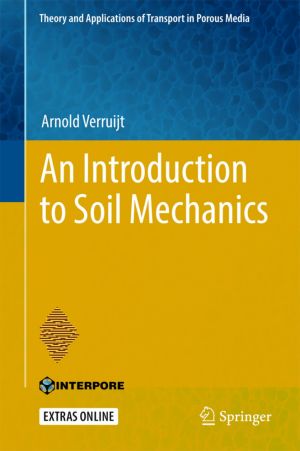An Introduction to Soil Mechanics
by Arnold Verruijt
DescriptionDetailsHashtagsReport an issue
Readers will learn the major principles and methods of soil mechanics, and the most important methods of determining soil parameters both in the laboratory and in situ. The basic principles of applied mechanics, that are frequently used, are offered in the appendices. The author's considerable experience of teaching soil mechanics is evident in the many features of the book: it is packed with supportive color illustrations, helpful examples and references. Exercises with answers enable students to self-test their understanding and encourage them to explore further through additional online material. Numerous simple computer programs are provided online as Electronic Supplementary Material.
As a soil mechanics book, this volume is ideally suited to supporting undergraduate civil engineering students. 






Book Description
This book offers a superb introduction to theoretical and practical soil mechanics. Special attention is given to the risks of failure in civil engineering, and themes covered include stresses in soils, groundwater flow, consolidation, testing of soils, and stability of slopes.Readers will learn the major principles and methods of soil mechanics, and the most important methods of determining soil parameters both in the laboratory and in situ. The basic principles of applied mechanics, that are frequently used, are offered in the appendices. The author's considerable experience of teaching soil mechanics is evident in the many features of the book: it is packed with supportive color illustrations, helpful examples and references. Exercises with answers enable students to self-test their understanding and encourage them to explore further through additional online material. Numerous simple computer programs are provided online as Electronic Supplementary Material.
As a soil mechanics book, this volume is ideally suited to supporting undergraduate civil engineering students.
This open book is licensed under a Creative Commons License (CC BY). You can download An Introduction to Soil Mechanics ebook for free in PDF format (82.4 MB).
Book Details
Title
An Introduction to Soil Mechanics
Subject
Engineering and Technology
Publisher
Springer
Published
2018
Pages
407
Edition
1
Language
English
ISBN13
9783319611846
ISBN10
3319611844
ISBN13 Digital
9783319611853
ISBN10 Digital
3319611852
PDF Size
82.4 MB
License

Related Books
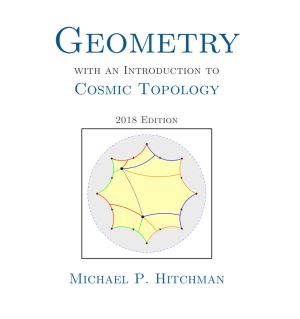
Geometry with an Introduction to Cosmic Topology approaches geometry through the lens of questions that have ignited the imagination of stargazers since antiquity. What is the shape of the universe? Does the universe have an edge? Is it infinitely big?
This text develops non-Euclidean geometry and geometry on surfaces at a level appropriate for ...
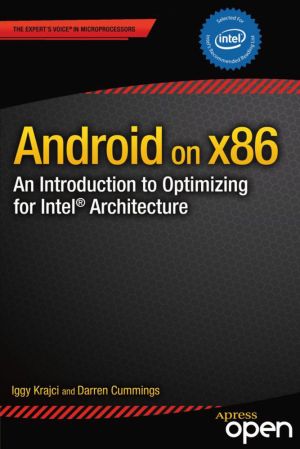
Android on x86: an Introduction to Optimizing for Intel® Architecture serves two main purposes. First, it makes the case for adapting your applications onto Intel's x86 architecture, including discussions of the business potential, the changing landscape of the Android marketplace, and the unique challenges and opportunities that arise from x...
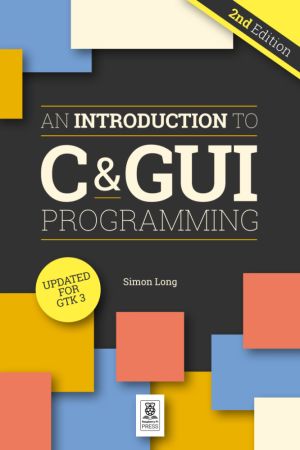
Freshly updated for GTK3, the 2nd edition of An Introduction to C & GUI Programming will teach you all you need to know to write simple programs in C and start creating GUIs, even if you're an absolute beginner.
The first half of the book is an introduction to C, and covers the basics of writing simple command-line programs. The second ...
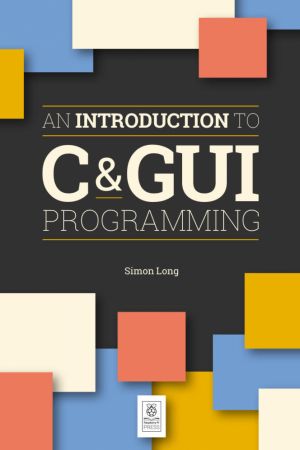
Even if you are an absolute beginner, this book will teach you all you need to know to write simple programs in C and start creating GUIs.
The first half of the book is an introduction to C, and covers the basics of writing simple command-line programs. The second half shows how to use the GTK user interface toolkit with C to create feature-rich...

A free and open-source introduction to the art and science of cinema. From the earliest iterations to the latest innovations, this introductory text explores the tools and techniques of mise-en-scene, narrative form, cinematography, editing, sound and acting, how each has contributed to the evolution of cinematic language, and how that evolution im...
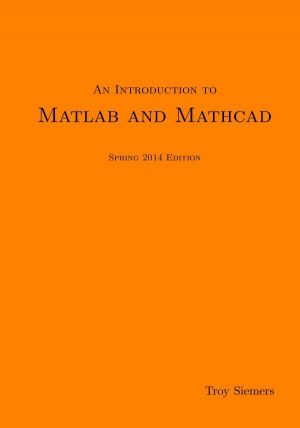
This free book, or really a "coursebook" for a college freshman-level class, has been updated for Spring 2014 and provides an introduction to programming and problem solving using both Matlab and Mathcad. We provide a balanced selection of introductory exercises and real-world problems (i.e. no "contrived" problems). We include ...

